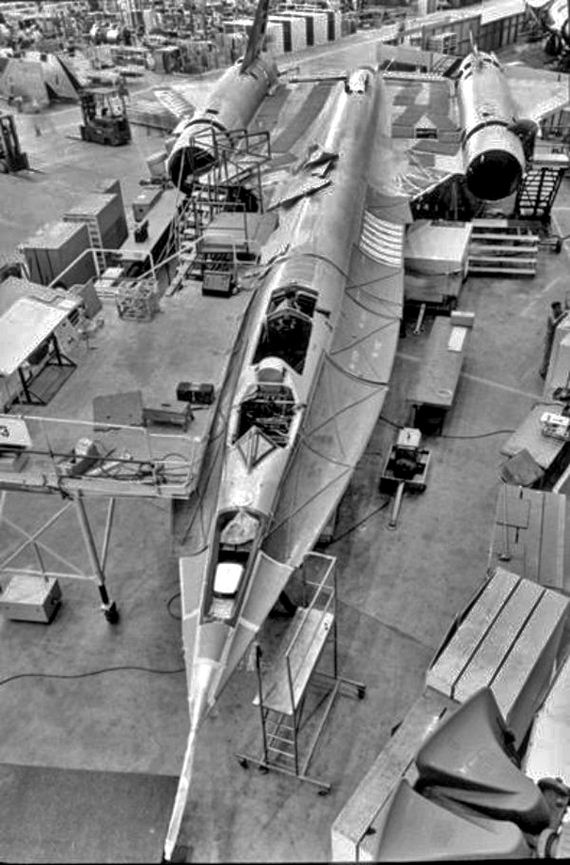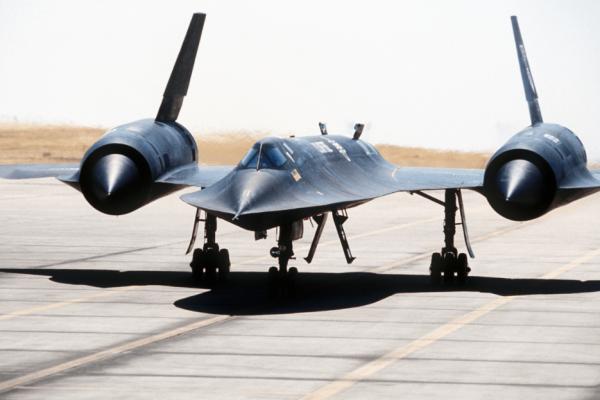SR 71 Maximum Temperatures

Introduction to the SR-71 Blackbird

The SR-71 Blackbird is a supersonic reconnaissance plane developed by Lockheed Skunk Works in the 1950s and 1960s. It is known for its exceptional speed, reaching over Mach 3.5 (around 2,200 mph), and its ability to operate at extremely high altitudes, above 80,000 feet. The SR-71’s design and materials were revolutionary for its time, allowing it to withstand the intense heat generated by friction with the atmosphere at such high speeds.
Materials and Design

The SR-71 was constructed from titanium and other high-temperature resistant materials to withstand the extreme heat generated during flight. The aircraft’s skin was designed to be heated to as much as 600 degrees Fahrenheit (315°C) during prolonged periods of supersonic flight. The use of titanium was crucial, as it has a high strength-to-weight ratio and can withstand high temperatures without losing its structural integrity.
Temperature Management

Managing temperature was a critical aspect of the SR-71’s design. The aircraft was designed to expand by as much as 11 inches (28 cm) during flight due to the heat expansion of its titanium skin. This expansion was accounted for in the design, ensuring that the aircraft’s structure remained intact. The SR-71 also featured a unique cooling system for its engines, using fuel as a heat sink to cool the engines and prevent overheating.
Operational Limits

Despite its advanced design, the SR-71 had operational limits related to temperature. Prolonged flight at high speeds could cause the aircraft’s skin to reach maximum temperatures, potentially leading to damage. Pilots had to carefully manage their speed and altitude to avoid exceeding these limits. The SR-71’s engines were also limited by temperature, with the J58 turbojet engines needing to be carefully monitored to prevent overheating.
Heat Shielding and Protection

The SR-71 featured heat shielding in certain areas to protect against the extreme temperatures generated during flight. The aircraft’s nose and leading edges were particularly vulnerable to heat and were protected with specialized materials. The use of these materials and the aircraft’s design helped to distribute heat evenly, preventing hot spots that could cause damage.
Performance and Records

The SR-71 holds several records for speed and altitude, including the record for the fastest air-breathing manned aircraft, with a recorded speed of Mach 3.56 (2,193 mph). Its ability to operate at such high speeds and altitudes made it an invaluable asset for reconnaissance missions, providing critical intelligence during the Cold War.
Notes on Operation

🚀 Note: The SR-71’s operation required specialized equipment and training for its pilots, who had to endure extreme conditions, including intense heat and g-forces, during flight.
Legacy and Retirement

The SR-71 was retired from service in the late 1990s, but its legacy continues to influence aircraft design. The development of new materials and technologies has been driven, in part, by the challenges faced and overcome by the SR-71’s designers. The aircraft remains an iconic symbol of innovation and engineering excellence, pushing the boundaries of what is possible in aircraft design and performance.
The SR-71’s story is one of innovation and perseverance, demonstrating what can be achieved through dedication and the pursuit of excellence. Its impact on aviation and beyond is undeniable, serving as a benchmark for future generations of engineers and aircraft designers.
What was the primary material used in the SR-71's construction?

+
The primary material used in the SR-71's construction was titanium, due to its high strength-to-weight ratio and ability to withstand high temperatures.
How did the SR-71 manage temperature during flight?

+
The SR-71 managed temperature through its design, using fuel as a heat sink to cool the engines, and by carefully controlling speed and altitude to prevent overheating.
What records does the SR-71 hold?

+
The SR-71 holds records for speed and altitude, including being the fastest air-breathing manned aircraft, with a recorded speed of Mach 3.56 (2,193 mph).
In summary, the SR-71 Blackbird is an exemplary model of innovative design and engineering, pushing the boundaries of speed and altitude. Its ability to withstand extreme temperatures through advanced materials and design made it a crucial asset for reconnaissance missions. The legacy of the SR-71 continues to inspire new generations of engineers and aircraft designers, serving as a testament to human ingenuity and the pursuit of excellence.



